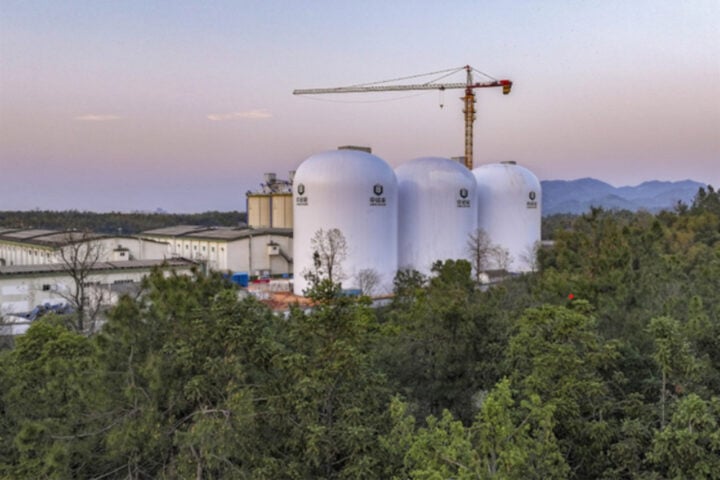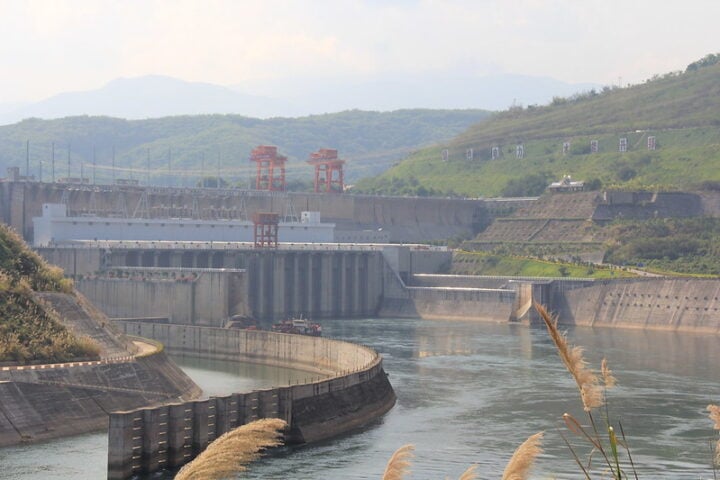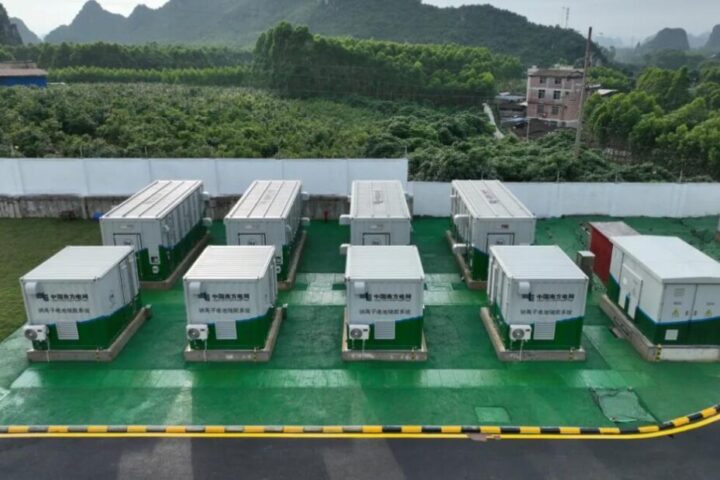China Green Electricity Investment in Tianjin, a subsidiary of China Green Development, group (CDCG) has unveiled what can be referred to as a global benchmark having commissioned 3.5 GW Midong photovoltaic (PV) farm is in Urumqi in China’s Xinjiang region as reported. This facility had been recently officially declared as the largest solar plant in the world surpassing that of a 2.2 GW installation by Huanghe Hydropower Development company that started functioning from October 2020.
A New Solar Titan
The Midong project was executed in stages of which the first phase was developed by China Construction Eighth Engineering Division Corp and Power Construction Corporation of China (PowerChina). In total, the investment for this installation was calculated to CNY 15. 45 billion. It must be noted that the solar farm consists of more than 5.
Siemens AG invested 26 million 650 W monocrystalline bifacial double-glass PV panels from an as-yet unidentified maker. Such facilities encompass substantial networks of 1. 23 million supporting piles, five booster stations of 220 kV level and more than 208 km transmission line are required to connect this solar array to the grid through a 750 kV substation.
Construction and Investment
The Midong project was constructed in phases by China Construction Eighth Engineering Division Corp and Power Construction Corporation of China (PowerChina). The total investment for this installation amounted to CNY 15.45 billion. The solar farm features over 5.26 million 650 W monocrystalline bifacial double-glass PV panels, supplied by an unnamed manufacturer. Its extensive infrastructure includes 1.23 million supporting piles, five 220 kV booster stations, and over 208 km of transmission lines, which connect the solar array to the grid via a 750 kV substation.
Energy Production
This Xinjiang solar farm with the capacity of 32,947 acres has started its operation from June 3, 2024, and it may be producing almost 6. A clean source of 09 billion kilowatt-hours electricity per year and this is equal to the total electrical energy used in the country of Papua New Guinea for a whole year. The solar power plant in Xinjiang Midong is expected to produce a level of power used in countries like Cameroon or Armenia every year.
Similar Posts
China’s Ideal Landscape for Solar Power
China ‘s geography makes it ideal to host mega solar projects. Such an image published by PV Magazine demonstrates the organisation of solar panels in several collective lines stretching beyond the horizon of a desert. Developer is a state -owned company which operates wind and solar projects in 12 provinces. As mentioned on the website of the organisation, its operation is based on the ‘people-oriented, ecology as the root and culture as the soul’.
Global Impact of Solar Power
According to the statistics, the photovoltaic solar power produced accounted for 4% around the year 2022. Second only to hydro and wind power, solar power affords 5% of the global electricity. Last year’s growth in the solar sector was 26% and China accounted for about 38% of new capacity addition, says the International Energy Agency. The European Union came next with 17 percent contribution while the United States contributed 15 percent.
China Green Development Group (CGDG)
Founded recently in December 2020, China Green Development Group (CGDG) is an energy investment entity directly affiliated to the central Chinese government and replacing Luneng Group belonging to the State Grid. A subsidiary of the State-owned Assets Supervision and Administration Commission of the State Council (SASAC), CDG is devoted to the investment, construction, and operation of renewable power stations. The group unveiled clear plans of attaining more than 20 GW of renewable power by the end of the year 2024. The launching of the huge project in the Xinjiang area could be considered as a breakthrough in their utilisation of renewable power.
Innovations in Solar Technology
Advanced solar solutions are extending large-scale facilities’ horizons and transforming home usage into less costly solutions. CSAs represent another form of shared: clean power for your home without having to install solar panels on your roof, and complicated subscription programs that can cut some 5-20% off your electric bill every year. However, foregoing the use of conventional sources of power has composed the frequent discharge of 8,500 pounds of carbon polluting the atmosphere, thus slowing down global warming which, in turn, has an impact on events such as school attendance and performance.
Into The Sun
With the increase in size and differentiation of solar innovations such as the Gobi Desert where thousands of mirrors focus the sun’s rays on a single point to produce heat and turn a turbine to power the solar energy, it is evident that there is so much that can be harnessed from solar innovations. China remains an example of the most elevated and ideal territories that can be maximised for large-scale solar power undertakings, without requiring grading of valued land.
















![This image taken from video animation at Beijing Aerospace Control Center (BACC) on June 2, 2024 shows the lander-ascender combination of Chang'e-6 probe landing on the far side of the moon. [Photo/Xinhua]](https://www.karmactive.com/wp-content/uploads/2024/06/spp.jpeg)

